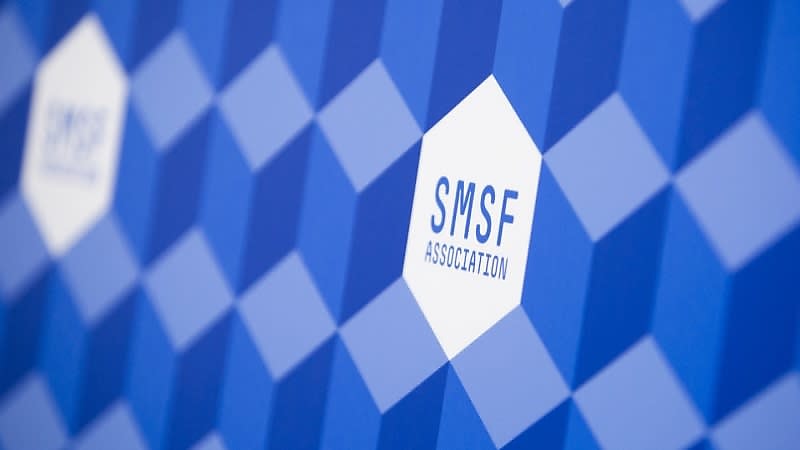SMSFA urges ATO to go back to Treasury regarding NALI/E
The SMSFA says the operation of the ATO’s draft determination on NALI/E provisions in the Income Tax Assessment Act 19971 appears to be outside of the policy’s intent and has urged to regulator to further consult with Treasury.
In a submission to the ATO, the SMSFA has said although the ATO’s position set out in the draft determination is in accordance with the operation of the legislation as it currently stands, it does not align with the industry’s understanding on how non-arm’s length capital gains would be treated.
“This is due to the operation of the method statement in Income Tax Assessment Act 1997 (Cth) s 102-5 and the treatment of statutory income in s 295-10,” the SMSFA stated in its submission.
“The operation of the law is complex and not immediately apparent. As such, we would encourage the ATO to clearly step out the application of the law to assist practitioners.
“This view is reinforced when we consider the language in the explanatory memoranda to Treasury Laws Amendment (2018 Superannuation Measures No. 1) Bill 2018.”
The SMSFA gave a number of examples on how the legislation and the language used will have unintended consequences for those in the SMSF sector.
In the first example it states non-arm’s length interest on borrowings to acquire an asset will result in any eventual capital gain on disposal of the rental property being treated as non-arm’s length income (NALI).
The second example states any net capital gain made on disposal of the units may also be NALI due to the amendments to subsection 295-550(1).
Additionally, it states that paragraph 3.41 is also unclear, saying “where a fund acquires an asset for less than market value through non-arm’s length dealings, the revenue generated by that asset may be non-arm’s length income, as well as any statutory income (that is, net capital gains) resulting from the disposal of that asset”.
“The operation of the law as it currently stands therefore appears to be outside the policy intent. The intent was to target the income derived from a specific asset including capital gains,” the submission states.
“The resulting capital gains arising on disposal of a tainted asset, separately being subject to NALI. The tainting of arm’s length capital gains is an unintended consequence.”
It continued that the outcomes for taxpayers will differ depending upon individual circumstances.
“As an example, a property held as tenants in common by two SMSFs may result in one fund paying a higher amount of tax, due to the presence of other capital gains in the income year in question. The pooling of the capital gains will result in the tainting of arm’s length capital gains.
“There is need for a proportionate approach to be applied. There are well established examples contained within the taxation law that seek to apply a proportionate approach in a superannuation context.
“One example is the calculation of exempt current pension income. This allows for the proportionate taxation treatment of both ordinary and statutory income.”
The SMSFA said it acknowledges any legislative changes are a policy consideration and outside of the ATO’s remit and encourages the ATO to engage with Treasury for an appropriate legislative solution.
“The Association will be engaging with Government and Treasury to advocate for a legislative amendment that will allow a proportionate approach to be applied,” it said.
“This will provide clarity and certainty on the operation of the law for all stakeholders and align the application of the law to the underlying policy intent.”
In a separate joint submission with CA ANZ, CPA Australia and the IPA, it was stated that the examples in the draft TD deal only with specific expenses for SMSFs.
The joint submission stated that it would be helpful if the draft also considered examples involving large APRA-regulated superannuation funds.
“It would be useful if the draft TD included examples as to how earnings for segregated and unsegregated pension assets would be treated under the NALI/E and CGT provisions,” it stated.
“We note that the current examples in the draft TD involve single trustees of SMSFs. As the ATO is aware, other than in rare situations, SMSFs are not permitted to have a single trustee regardless of how many members a fund might have.
“We therefore suggest the ATO adjust the examples in the draft TD so they reflect the correct regulatory framework.








